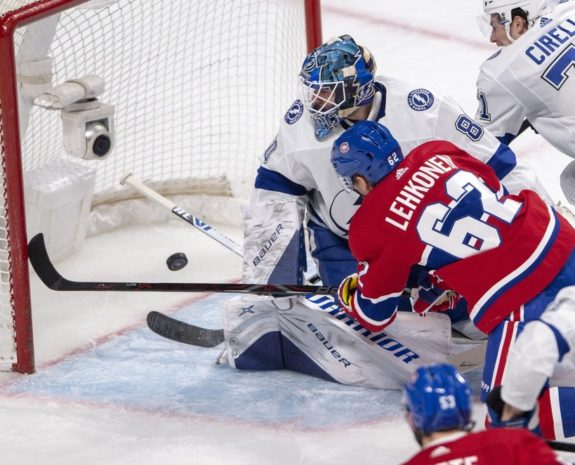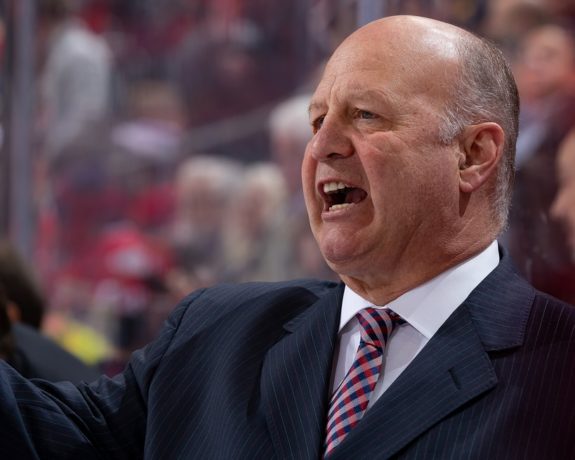The Canadian Men’s Ice Hockey Team finished the round-robin portion of the tournament with wins over Team Germany 5-1 and China 5-0; however, they lost to the USA 4-2. It’s tough to say if Canada should consider the round-robin a success. They won the games they were supposed to but couldn’t win against the team that is widely considered their only real competition. There’s a lot to dissect from the three games, so here’s a look at some of the biggest takeaways from the round-robin.
Canada’s Goaltending Concerns
After allowing just one goal in their opener against Germany, head coach Claude Julien wanted to see what he had in goaltender Edward Pasquale against a much more formidable opponent in Team USA. What he got was more questions than answers. Pasquale allowed four goals that could have been saved. He was caught cheating across the crease on the first goal and misplayed the puck behind the net while failing to recover in time on the second. Even the shot on the fourth goal just squeaked by him.

Team Canada turned to Matt Tomkins against China, and he stopped all 26 shots in the shutout victory. However, very few were high-danger scoring chances, and it’s tough to judge a player off a performance against a team like China. If Canada wants to medal, they will need a stronger performance from their netminder, certainly better than against Team USA. It will be worth keeping an eye on as we move into the elimination round.
Canada’s Scoring Depth
It was reasonable to believe heading into the Olympics that most of Team Canada’s offence would come from players like Eric Staal, Josh Ho-Sang, and Mason McTavish. Once it looked as if those three would be playing together on the team’s top line, the likelihood increased. However, that wasn’t the case in the round-robin games. The three have a combined five points, and none of them have come from McTavish.
Instead, Kent Johnson, Eric O’Dell, Corban Night, and Ben Street have been leading the way offensively. Even defencemen Maxim Noreau and Mat Robinson contributed with goals from the blue line, which is always a welcome bonus. It’s a double-edged sword when offensive contributions come mainly from depth players. It’s more depth scoring than they anticipated coming into Beijing and a lot more than they had in Pyeongchang.
Related: 2022 Men’s Olympic Hockey Team Canada Final Roster
However, it’s concerning how little offence they’ve received from their top players. Staal knows he needs to produce more, and both Ho-Sang and McTavish have looked dangerous with the puck without results. The best bet is for the top players to figure it out, and if the depth players can continue producing, Canada will be in a good spot.
Canada’s Energy Line
One of Team Canada’s lines has stood out above the rest. Street, O’Dell, and Johnson were excellent through the round-robin with a combined 11 points in three games. They were especially great in the opener game against Germany when they each earned two points. All three play with speed and physicality and have found instant chemistry. O’Dell’s massive hit in the first period against Germany led to the opening goal and is still talked about.
When they aren’t scoring, they are usually working the cycle in the offensive zone, creating momentum for the players on the bench to follow. They work hard and are solid two-way players; there isn’t much more Canada could want from their third line and expect Julien to depend on them in the elimination games.

Overall, Canada doesn’t have too many red flags heading into the quarterfinals. Of course, it would have been nice to defeat Team USA, win the division and earn the bye. But after defeating China 5-0, they should feel confident they can beat them again on Tuesday morning.
Beyond some goaltending concerns, Canada seems to have a much deeper, skilled team than in 2018. There are a lot of good teams in this tournament, and Canada will need their top line as much as their third line to continue producing over the next four days to return home with a gold medal around their necks.